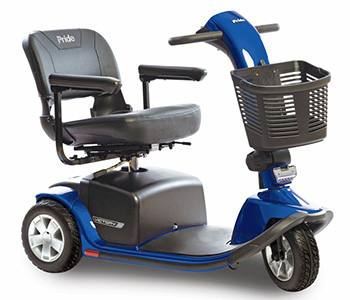5 things to know about home access ramps
AABA Family Medical provides home access ramps in Mount Laurel, NJ, Maple Shade, NJ, Voorhees Township, NJ, Deptford, NJ, Gloucester City, NJ, Glassboro, NJ and surrounding regions.
- Legal Requirements and Building Codes:
Before installing a home access ramp, it’s crucial to be aware of local building codes and regulations. These codes may dictate specific requirements for ramp dimensions, slope, handrails, and landings. Adhering to these regulations ensures not only the safety of the users but also compliance with the law.
- Slope and Length of the Ramp:
The slope of the ramp is a critical factor in its usability and safety. ADA (Americans with Disabilities Act) guidelines recommend a maximum slope of 1:12, meaning that for every inch of rise, there should be 12 inches of ramp length. It’s essential to calculate the necessary length of the ramp based on the height it needs to traverse. Longer ramps with a gentler slope are generally safer and more accessible.
- Material Selection:
The choice of materials for the ramp is crucial for durability and safety. Common materials include wood, aluminum, and concrete. Each material has its pros and cons. Wood is cost-effective but may require more maintenance. Aluminum is lightweight and resistant to corrosion, making it a popular choice. Concrete is durable but can be more expensive and challenging to install. Consider factors such as climate, maintenance requirements, and budget when selecting materials.
- Non-Slip Surface and Edging:
The surface of the ramp should provide good traction to prevent slips and falls. Consider using materials or coatings that enhance grip, especially in wet or icy conditions. Additionally, it’s essential to install edge protection to prevent wheelchair wheels from slipping off the sides. Raised edges or handrails can offer additional support and safety.
- Regular Maintenance and Inspections:
Home access ramps require regular maintenance to ensure they remain in good condition. Inspect the ramp for any signs of wear, damage, or loose components. Check that handrails are secure, surfaces are non-slip, and there are no obstacles on the ramp. Regular maintenance helps identify and address issues promptly, ensuring the ongoing safety and functionality of the ramp.
Installing a home access ramp is a significant step towards making a living space more inclusive and accommodating for individuals with mobility challenges. Taking the time to understand and implement these key considerations can contribute to the effectiveness and safety of the ramp. Please call us without any hesitation.
















